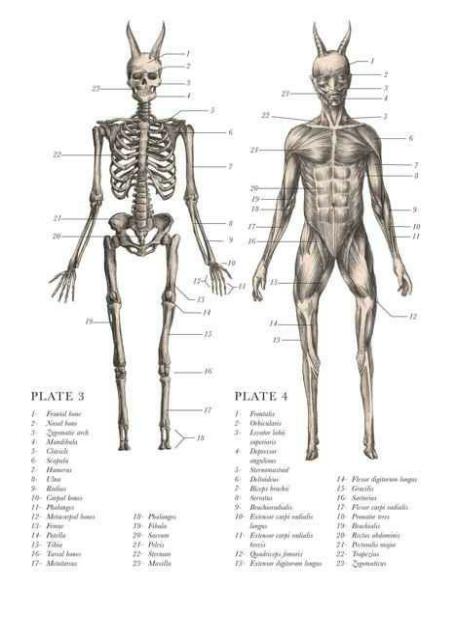

SATYRUS HIRCINUS
KINGDOM Animalia
PHYLUM Vertebrata
CLASS Mammalia
ORDER Artiodactyla
FAMILY Faunus
GENUS Satyrus
SPECIES Satyrus hircinus
SHOWING MANY SIMILARITIES TO a minotaur, as a common goat does to a bull, the satyr’s most important distinctions from the minotaur are its head and superior intelligence. I am well acquainted with the many interpretations of this creature; it has been portrayed in countless works of literature and stories for the stage. The species I studied (represented here) had the ears of a human, though goat-eared species are believed to exist. There may be other variations as well. I discovered a specimen resembling a ram near the border of Finland; there was too little remaining of the beast and, regrettably, it was not in a condition that permitted useful study or
accurate representation. I have not yet come upon another like it.






BLACK’S MINOTAUR APPEARS TO BE A TRAGIC BEAST INDEED. IT IS BESTOWED WITH THE WORST TRAITS OF TWO CREATURES, AND NONE OF THEIR GIFTS. WHAT GOOD IS THE HUMAN BODY WITHOUT THE HUMAN INTELLECT TO COMMAND IT? WHAT GOOD IS THE MIND OF A BULL WITHOUT THAT CREATURE’S POWERFUL WEIGHT AND CHARGING FORCE?
There are additional shortcomings, as well. The minotaur has no claws for attacking or defense; it cannot fly or swim. The existence of this beast seems difficult to conceive.
—SPENCER BLACK

